Have you ever wondered why trees have leaves? Whether they are big and broad like a maple leaf or small and needle-like like a pine, leaves play an essential role in keeping trees alive and healthy. In this blog post, we’ll explore why trees have leaves, what they do, and why some trees lose them in winter while others keep them all year round.

What Are Leaves?
Leaves are one of the most important parts of a tree. They are usually thin, flat, and come in many different shapes and sizes. They grow on branches and help the tree survive by performing several vital functions. The most important of these is making food through a process called photosynthesis.
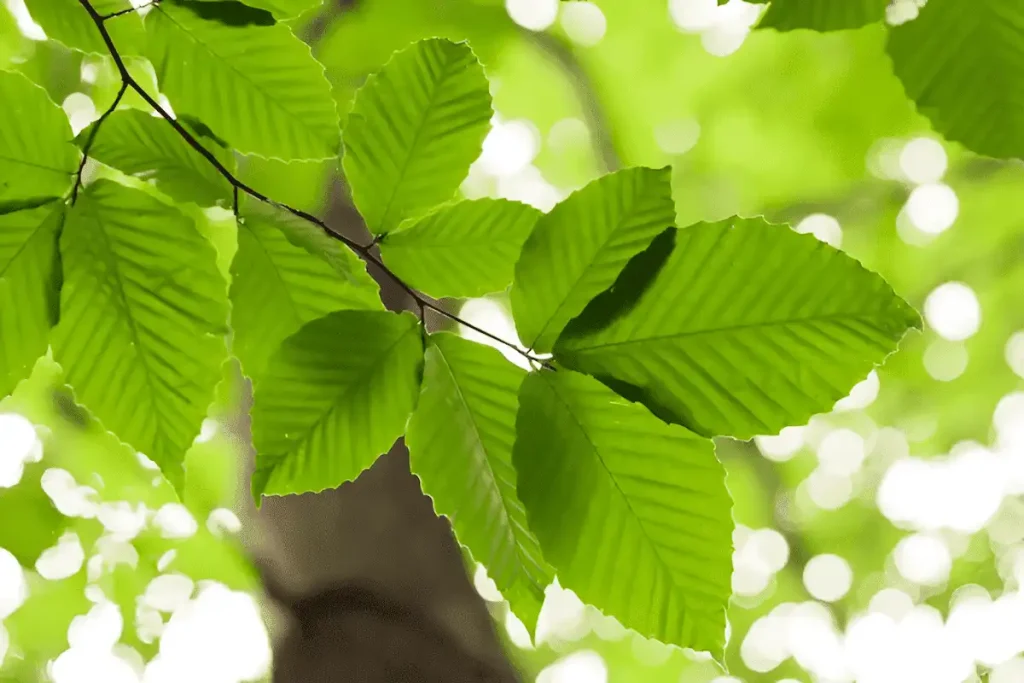
How Do Leaves Make Food?
Leaves are like tiny food factories for trees. They contain a green pigment called chlorophyll, which helps them capture sunlight. With the help of carbon dioxide from the air and water from the roots, leaves turn sunlight into energy in the form of glucose (a type of sugar). This process is called photosynthesis. The tree then uses this energy to grow and stay strong.
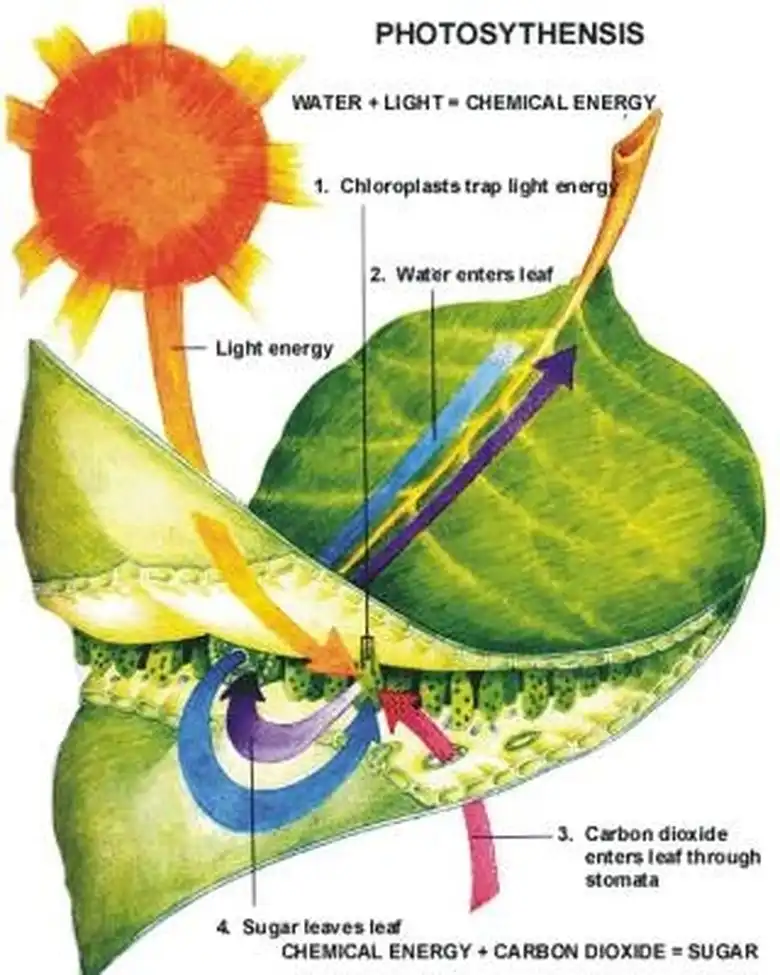
During photosynthesis, leaves also release oxygen into the air, which we humans and animals need to breathe. So, not only do trees make their own food, but they also help us by providing oxygen!
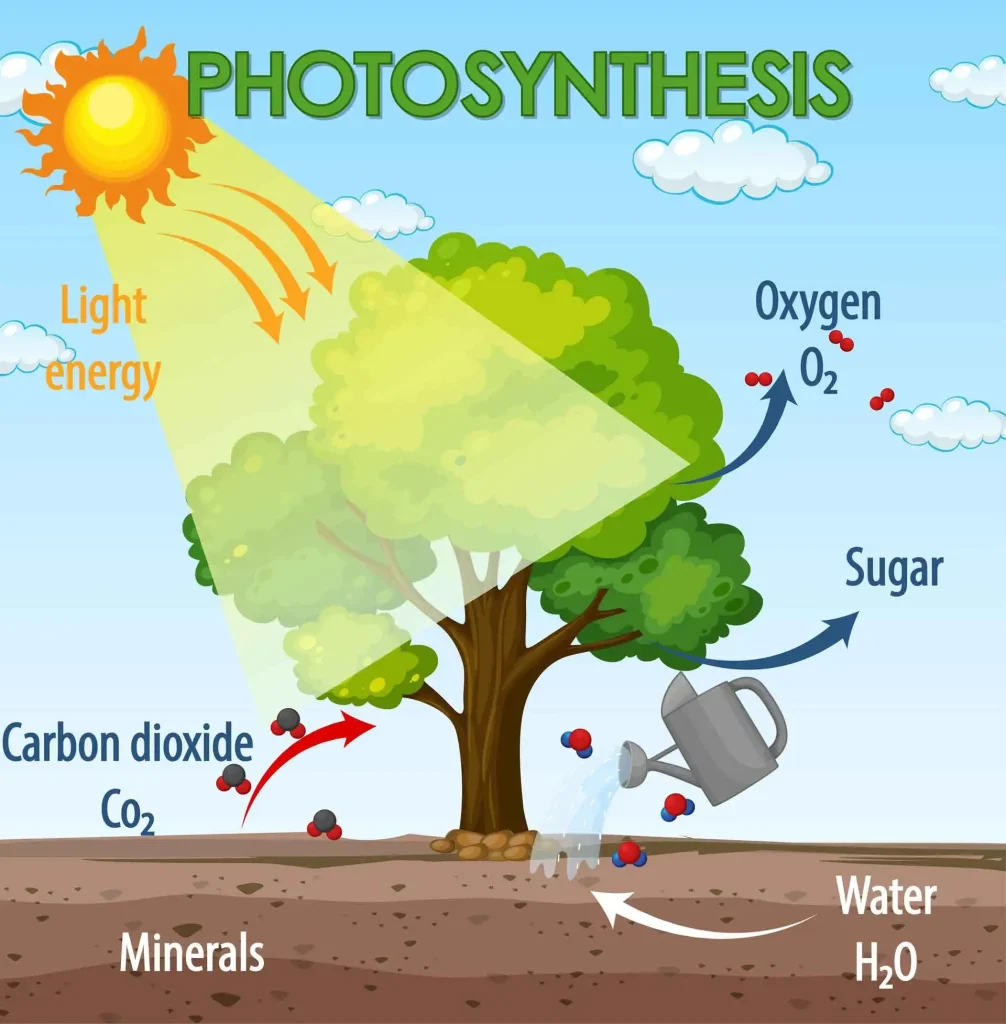
Why Are Leaves Green?
The reason leaves appear green is because of chlorophyll. This special pigment absorbs sunlight, which is necessary for photosynthesis. However, in autumn, some trees stop making chlorophyll, which is why their leaves turn yellow, orange, or red before falling off.

Why Do Some Trees Lose Their Leaves in Winter?
You might have noticed that some trees lose their leaves in the autumn, while others stay green all year long. Trees that lose their leaves are called deciduous trees. They shed their leaves to survive the cold months when there is less sunlight and water. Without leaves, the tree saves energy and prevents damage from harsh winter weather.
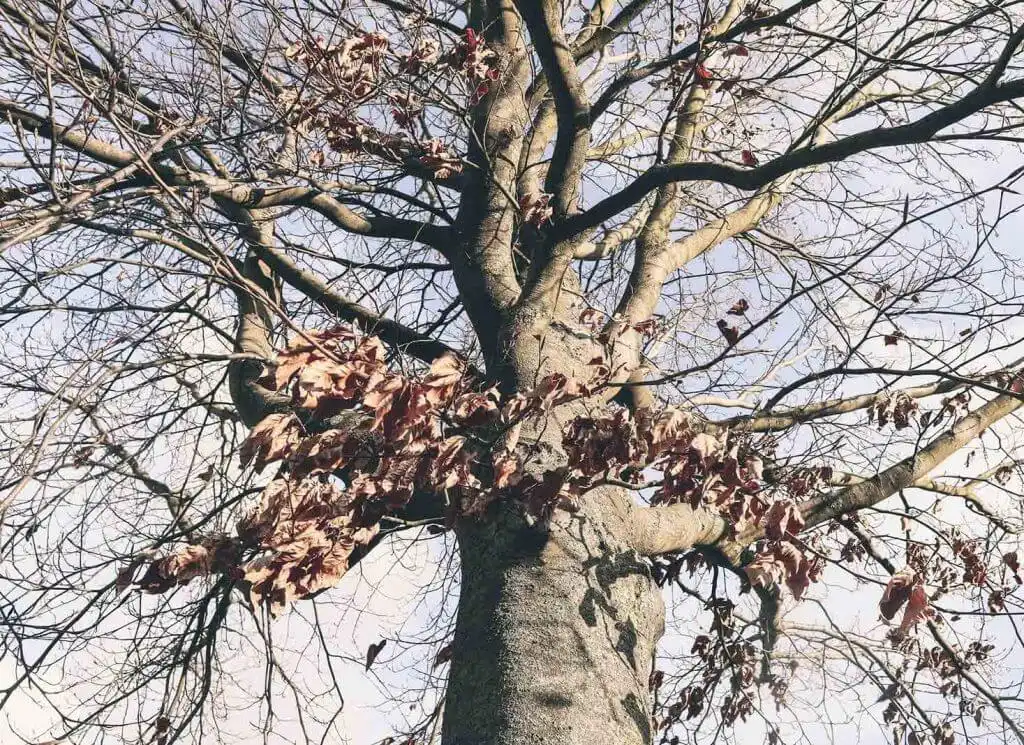
Some trees, like oak and beech trees, keep their brown, dry leaves throughout winter and only drop them in spring. This helps protect the tree from extreme cold and drying winds.

Why Do Some Trees Keep Their Leaves?
Not all trees lose their leaves in winter. Trees that keep their leaves all year round are called evergreen trees. These trees, like pine, fir, and spruce, have needle-shaped leaves covered with a thick, waxy coating that helps them hold onto water. Even in winter, evergreens can still perform photosynthesis, but at a slower rate.

Keeping their leaves all year round allows these trees to make food even when other trees are bare. That’s why forests with evergreen trees stay green even in the coldest seasons!
How Do Leaves Help Trees Stay Healthy?
Leaves do much more than just make food! Here are some other important jobs they do:
- Cooling the tree: Leaves release water vapour into the air, which helps keep the tree cool.
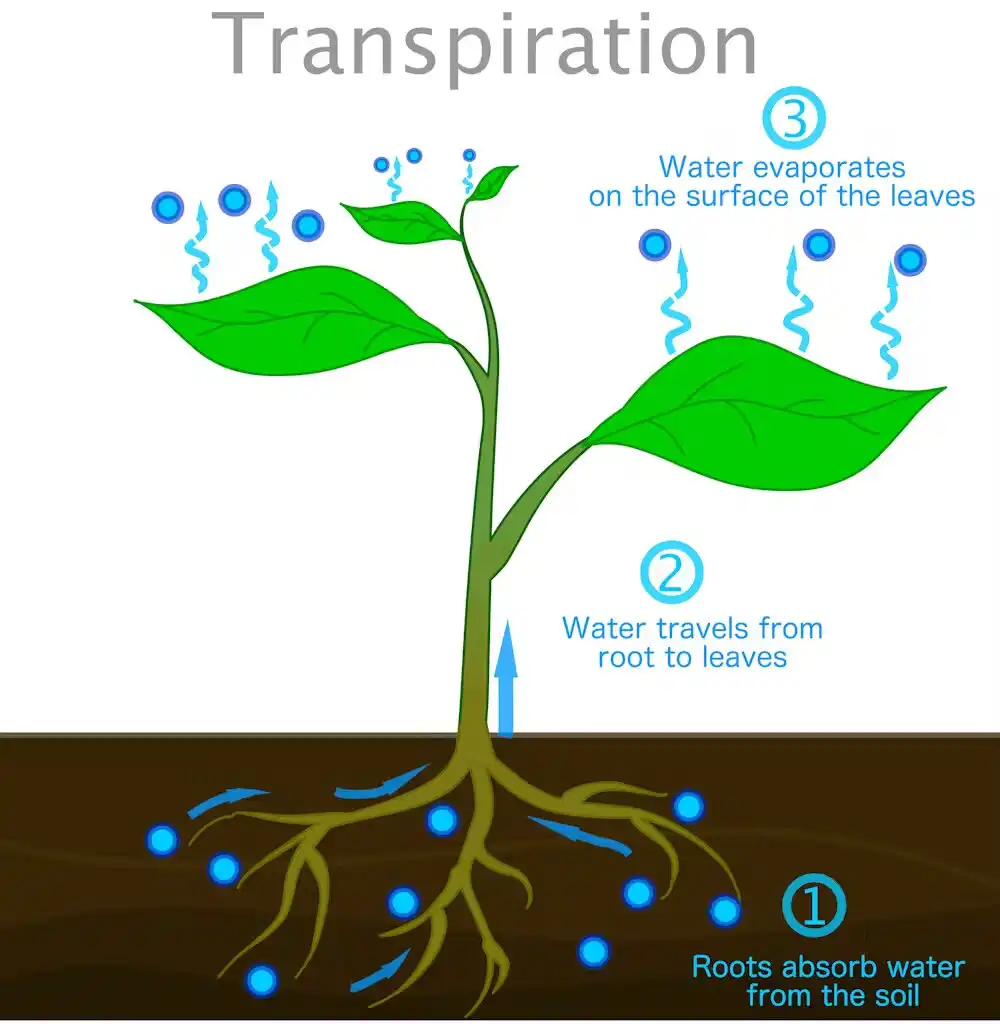
- Providing shade: Trees with large leaves provide shade that protects the soil and keeps it moist.

- Helping trees grow: Leaves take in carbon dioxide from the air, which is an essential part of photosynthesis.
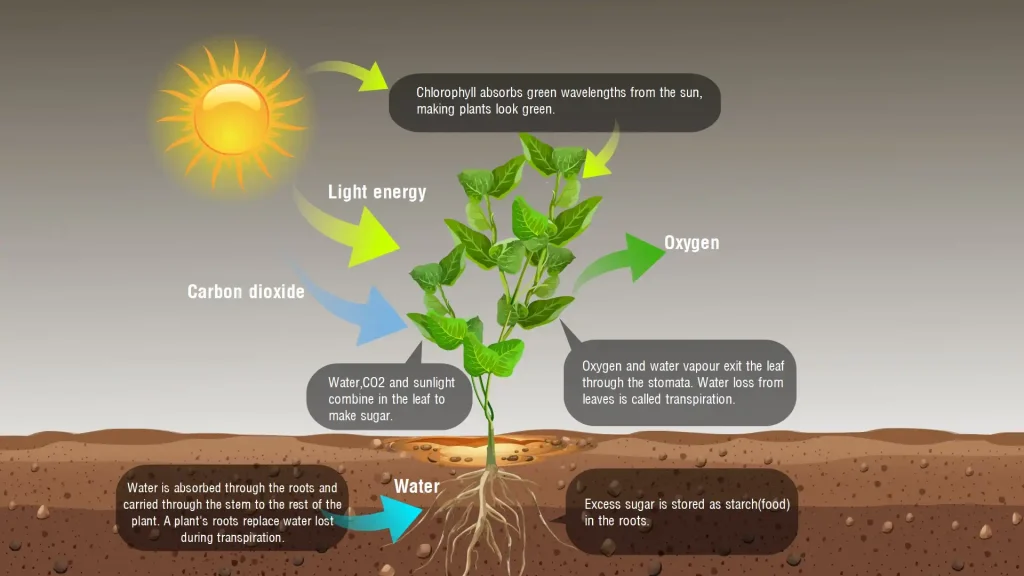
Leaves and the Changing Seasons
In spring, trees start growing new leaves. As the weather gets warmer, they produce more food and grow bigger. In summer, leaves are at their peak, absorbing sunlight and keeping the tree strong. In autumn, shorter days signal the tree to stop making chlorophyll, causing leaves to change colour and fall off.
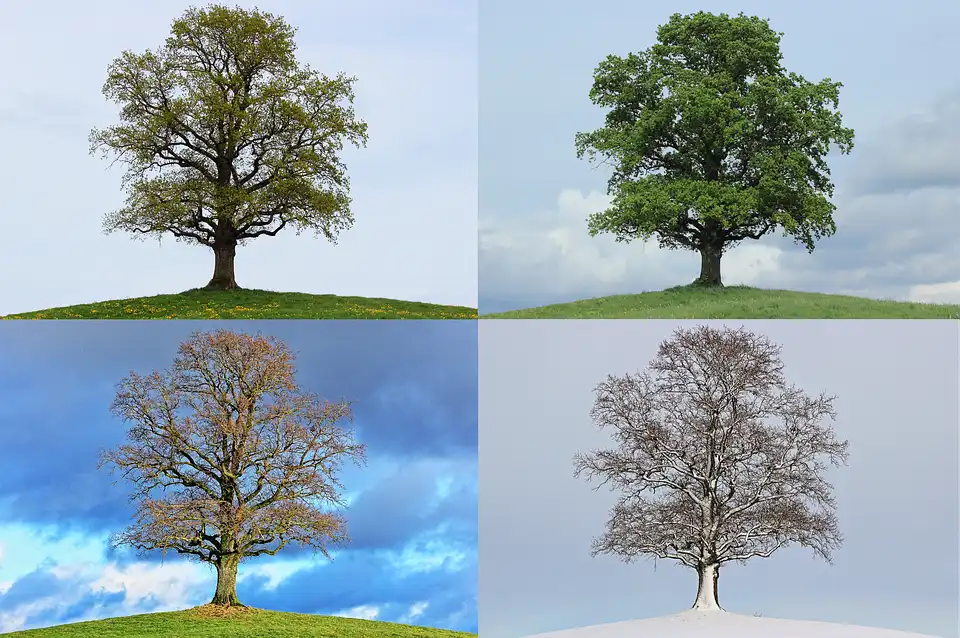
This cycle continues every year, helping trees survive different seasons and making forests beautiful in every season!
Conclusion
Leaves are an essential part of trees. They help trees make food, provide oxygen for us to breathe, and even help keep our planet cool. Whether they stay green all year or change colours in autumn, leaves play an important role in nature. Next time you see a tree, take a closer look at its leaves—you might just discover something amazing!

For more interesting stories, please visit www.kidzherald.com




